3D Printing and Collaborative Care — A Community Care System in Alabama
Many of you will have seen, and likely been inspired by, the developments of the Robohand project over the course of this year. It has served as a bench mark in many ways, not least in that it has prompted an ever more common occurrence in the world of 3D printing, where people from different walks of life have collaborated to provide something unique, something once unfeasible and cost-prohibitive, for a person in need. Another uplifting story along these lines centres around a little girl in Huntsville, Alabama, who has been the beneficiary and muse for individuals from Zero Point Frontiers attempting to create a workable substitute for the four missing fingers on her left hand. The toddler, Kate Berkholtz can be seen in a local news report playing and tumbling around with her brother in a Huntsville gym for children. She appears quite ambivalent to the fact that she was born without four digits, but Angel Hundley knew she could provide succor for the rambunctious toddler. Angel’s husband, Jason Hundley, is president of the engineering company Zero Point Frontiers and had recently witnessed a presentation from an intern, Shawn Betts, detailing possibilities with 3D printing. Kate’s parents, shunning surgical options, embraced the idea of using 3D printed models and prototypes as substitute digits for their daughter.
Using PLA material, the commonly used bio-plastic for 3D printing, the prototypes were produced for Kate. The child’s exponential growth stood as an obvious obstacle, but fortunately the models printed by Zero Point have a low cost, around $5 a model according to their statements, making it an economical option for the Berkholtz family. Using velcro straps, the model is strapped to the child’s wrist and she utilizes her wrist muscles to operate the fingers attached by strings. Various experiments have tried fishstrings and guitar strings with fishlines working best so far. It is still difficult for the little girl to grip presently, due to weaker forearms, but there is hope she will develop the strength and coordination needed to operate the device more effectively.
One of the most endearing scenes from the video above, for me, is the solidarity from the adults working with Kate as theraputic models for her 3D printed fingers. They have attached similar models to their own wrists and seem to be scaffolding for the toddler. The community effort on the gym mat is a reflection of the effort that brought the project into existence. For more experiments and chances like Kate’s story to happen, we need individuals wanting to take active roles to improve the lives of others and a willingness to step outside of known routes. To see some knew technology and think, ”that could help someone I know” is novel in a society mostly known for siezing profit and an edge on competition. These types of stories have, though, become more commonplace; and that, I believe, is a tremendous and inspiring story in itself. Yes, you may have seen this application before, but you haven’t seen this little girl before, or the real people, working together to help her. The other thing that has struck me is that Kate’s fingers did not come from a top-dollar payout or even as the result of someone doing their job. Her device manifested out of the goodwill and eclectic connections spurred by a nascent technology not bound to sleek erudite tech hubs. Instead, she works on her 3D printed grip on gym mats in Huntsville before another foam tumble with her big brother.
Source: whnt



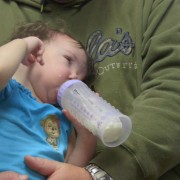
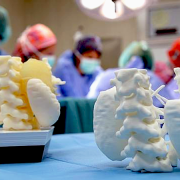
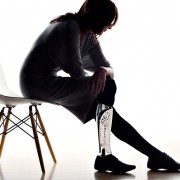
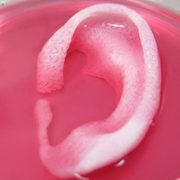
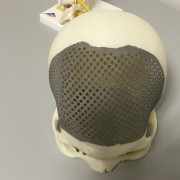
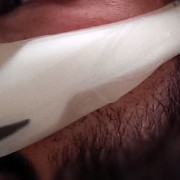
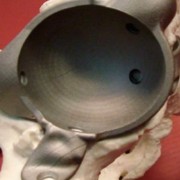




Leave a Reply
Want to join the discussion?Feel free to contribute!